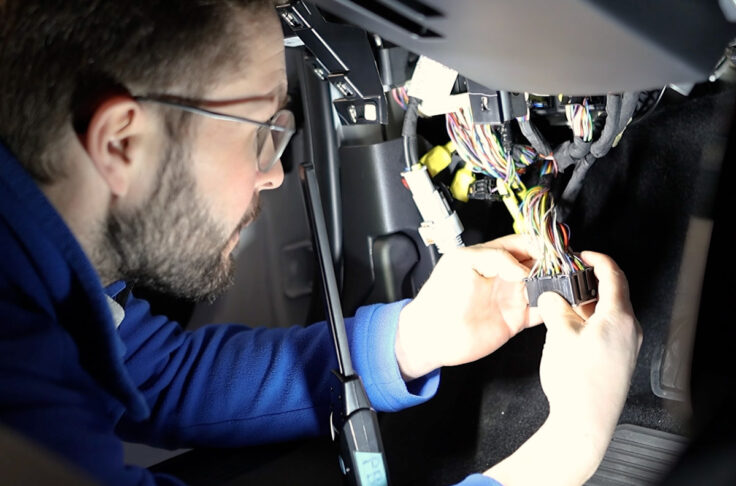Campervan Sharing Meets Growing Travel Demands
Summary
Recreational vehicles like campervans are booming in popularity, thanks to the desire for travel and the need to stay local. The industry has already begun to adapt to a digital savvy consumer-base, with the growth of peer-to-peer platforms and sharing services for campervans.

This summer, travel is going to look similar to last year – restricted, local, and booked on short notice. With mandatory quarantines and increased hassle with flying, many more people will be staying local this summer. But that doesn’t mean there is a lack of opportunity to explore the region. Instead, campervans, RVs, and motorhomes are seeing an increase in popularity due to the pandemic. Last year, 24% of people wanted to take a shorter trip that didn’t involve flying.
Globally, the recreational vehicle market is expected to grow 7% between 2019 to 2025, with the value of the market size being $42 billion in 2020. The largest group to make up that market are millennials who account for 41% of the market size. By 2025, this will mean 72 million people. What does that mean for operators who rent out these recreational vehicles?
For one, it means providing a simple and convenient rental experience. Fortunately, there are different ways people can access campervans or similar types of recreational vehicles besides owning one, such as through traditional rental companies, peer-to-peer rental platforms similar to Airbnb but for campervans, and the newest way through campervan sharing companies.
Similar to carsharing or other shared mobility operating models, campervan sharing involves a retail outlet owning a fleet of campervans and installing them with in-car telematics. This enables a fully app-based, contactless experience for users. Contactless pick-ups and drop-offs provide an added value now during the pandemic as an additional safety measure, but it had its benefits pre-pandemic as well. Having a fully app-based process, with no need to manually retrieve the keys from anyone, means consumers have the flexibility to start and end their journey at a time that suits them best. For campervan sharing operators, this means not having to pay staff to wait around for late returns.
Sharing campervans using telematics also equips operators with data they were never able to acquire before, such as GPS data, consumer behaviour, and trip patterns. GPS data is key to providing emergency support if something happens to the campervan mid-trip. Insights on consumer behaviour and trip pattern is made possible with collected vehicle data and could help operators better understand how to add more value to their service and further differentiate from competitors.
Companies like Roadfans in Germany embraced the sharing model a few years ago and have benefitted from the increased demand for local adventures in self-contained units to avoid crossing paths with other households.
Meanwhile, a growing peer-to-peer market for campervans have grown in popularity as well. Outdoorsy is like an Airbnb for campervans, where campervan owners can list their recreational vehicle for others to rent. According to Outdoorsy’s estimates, personally-owned campervans sit unused for 11.5 months of the year. With a growing demand for socially-distanced travel, Outdoorsy saw website visits more than double in June 2020 compared to June 2019. The marketplace for campervans operates similarly to peer-to-peer carsharing like Getaround and Nabobil, where car owners can rent their car out to others for an hourly or daily fee.
In short, there is a growing demand for recreational vehicles, and there are different innovative ways to meet this demand. While traditional rental companies may be sufficient, adding reliable sharing technology to the rental process will add a level of convenience and additional value to consumers and operators alike.


